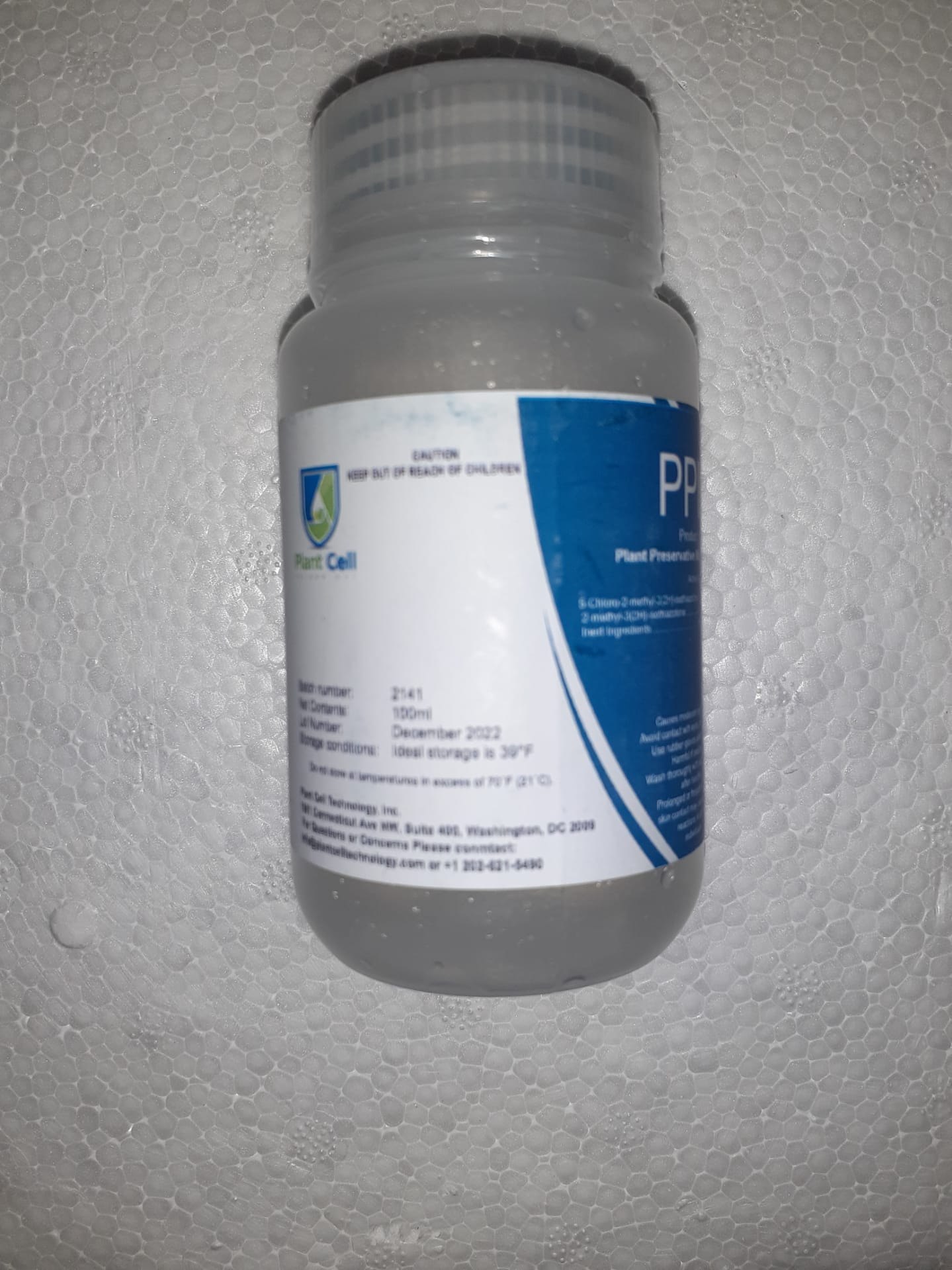Ethnobotany of dye plants
Ethnobotany of dye plants
Natural Dyeing of Cellulose and Protein Fibers with the Flower Extract of Spartium junceum L. Plant
In this study, the natural dye was extracted from Spartium junceum L. (SJL) flowers and applied on cellulose (cotton) and protein (wool) fabric. Fabrics were pre-mordant with alum prior to the dyeing process. Considering the global requirements on zero waste and green policy, the dyeing process was intended to be as much as possible environmentally friendly but still effective. Therefore, mordant concentration was optimized due to the reduction of the negative impact.
The efficiency of the dyeing process was investigated by examination of fabrics’ color characteristics and colorfastness to washing properties. In this paper, we have proved that the extracted dye from Spartium junceum L. is an acidic dye (mordant dye) which is more applicable for the treatment of wool fabrics. In this paper, it was proved that phytochemicals responsible for coloring are part of the flavonoids group.
project “Design of Advanced Biocomposites from Renewable Energy Sources” (BIOCOMPOSITES).
- Funding: The research was funded by the European Regional Development Fund within K.K.01.1.1.04.0091
- Institutional Review Board Statement: Not applicable.
- Informed Consent Statement: Not applicable.
- Data Availability Statement: Data available in a publicly accessible repository.
- Acknowledgments: The research was performed on equipment purchased by K.K.01.1.1.02.0024
project “Modernization of Textile Science Research Centre Infrastructure” (MI-TSRC).
- Conflicts of Interest: The authors declare no conflict of interest.

